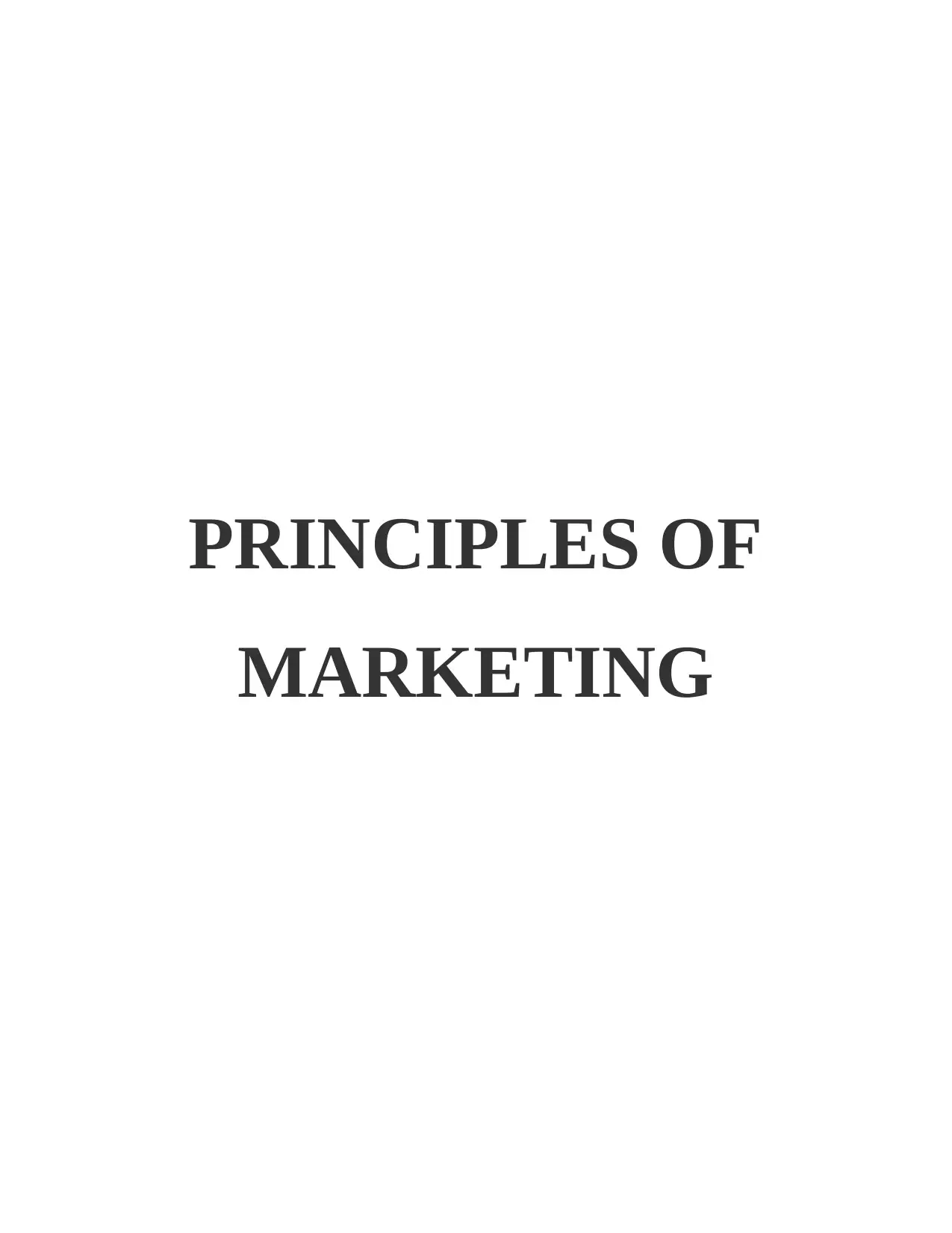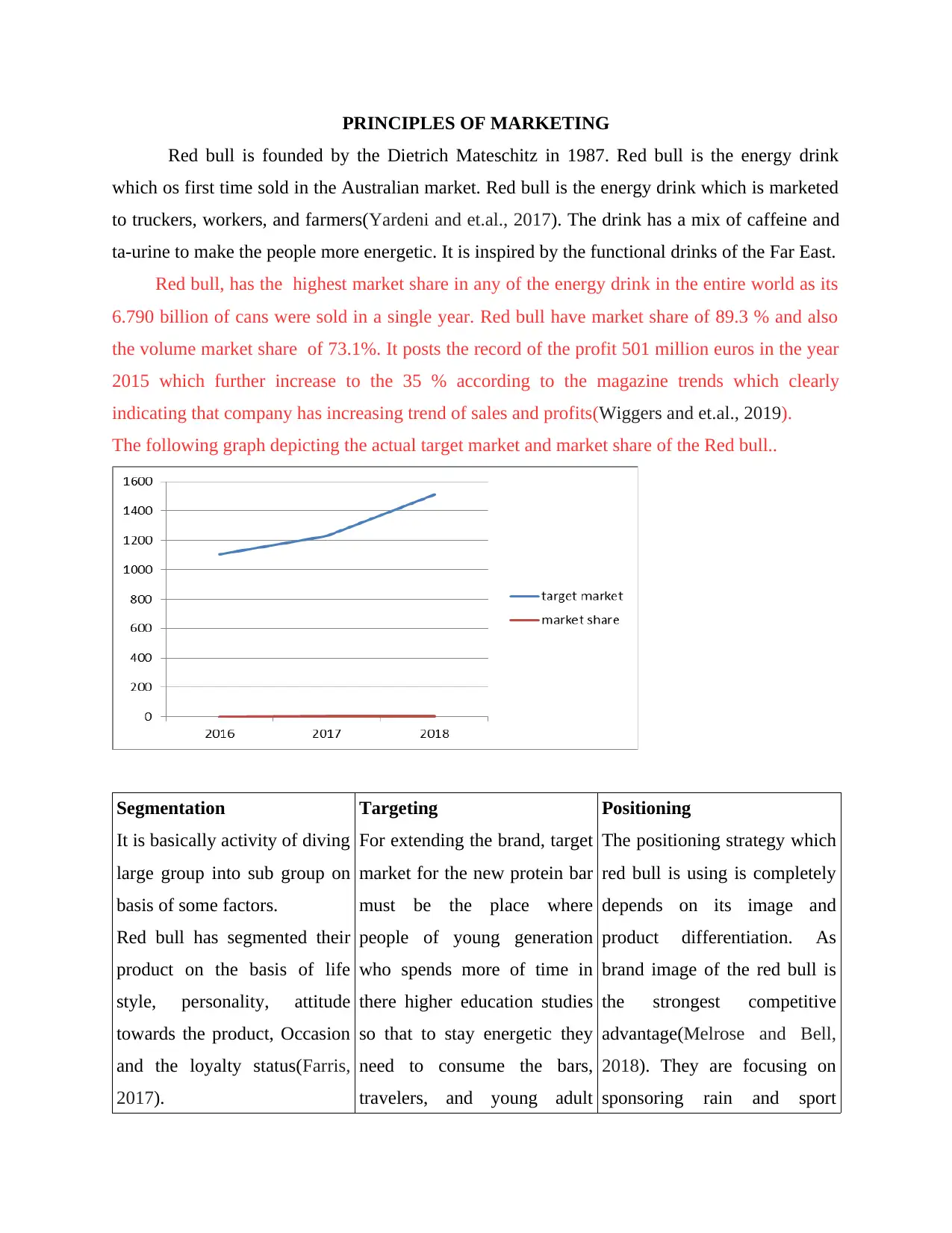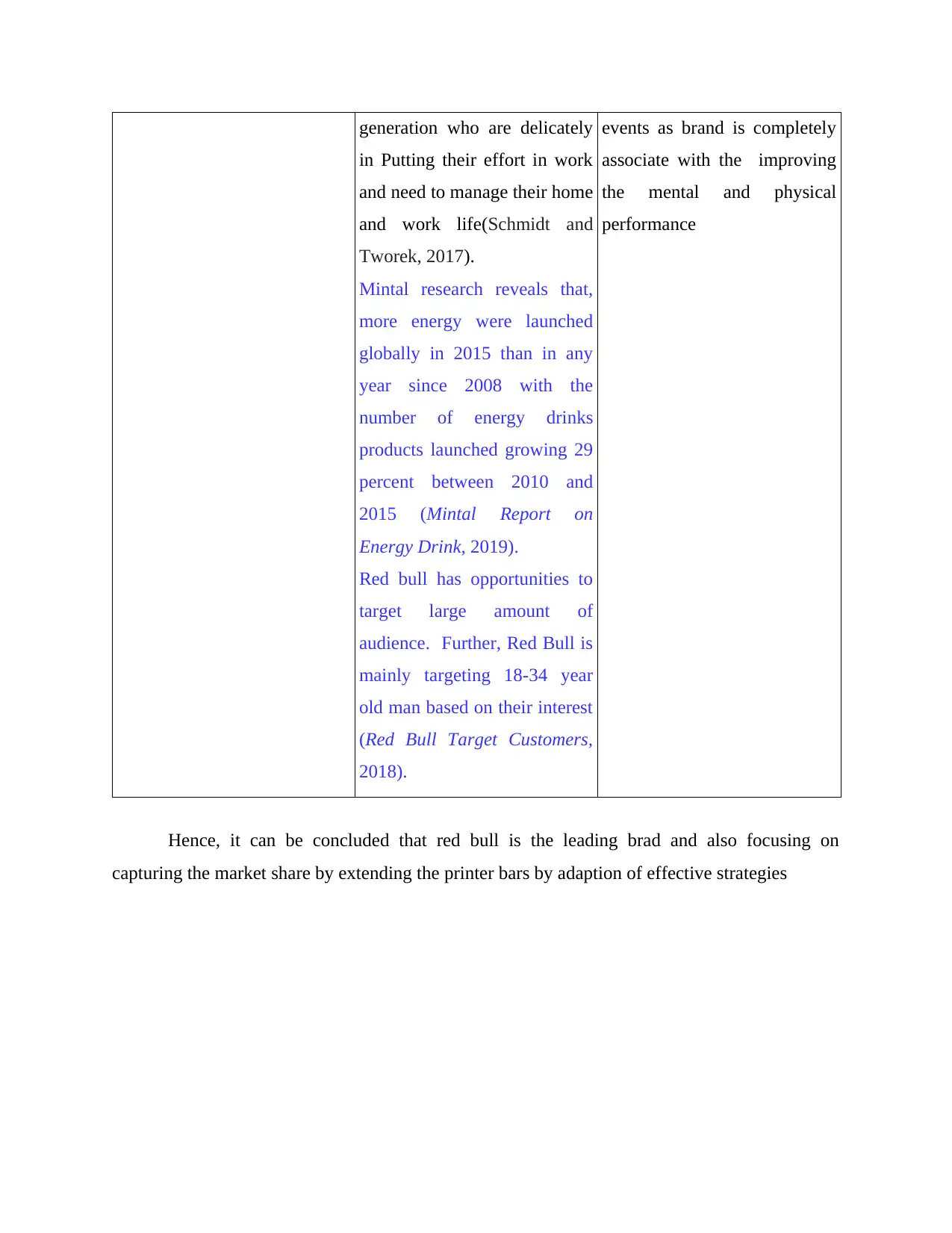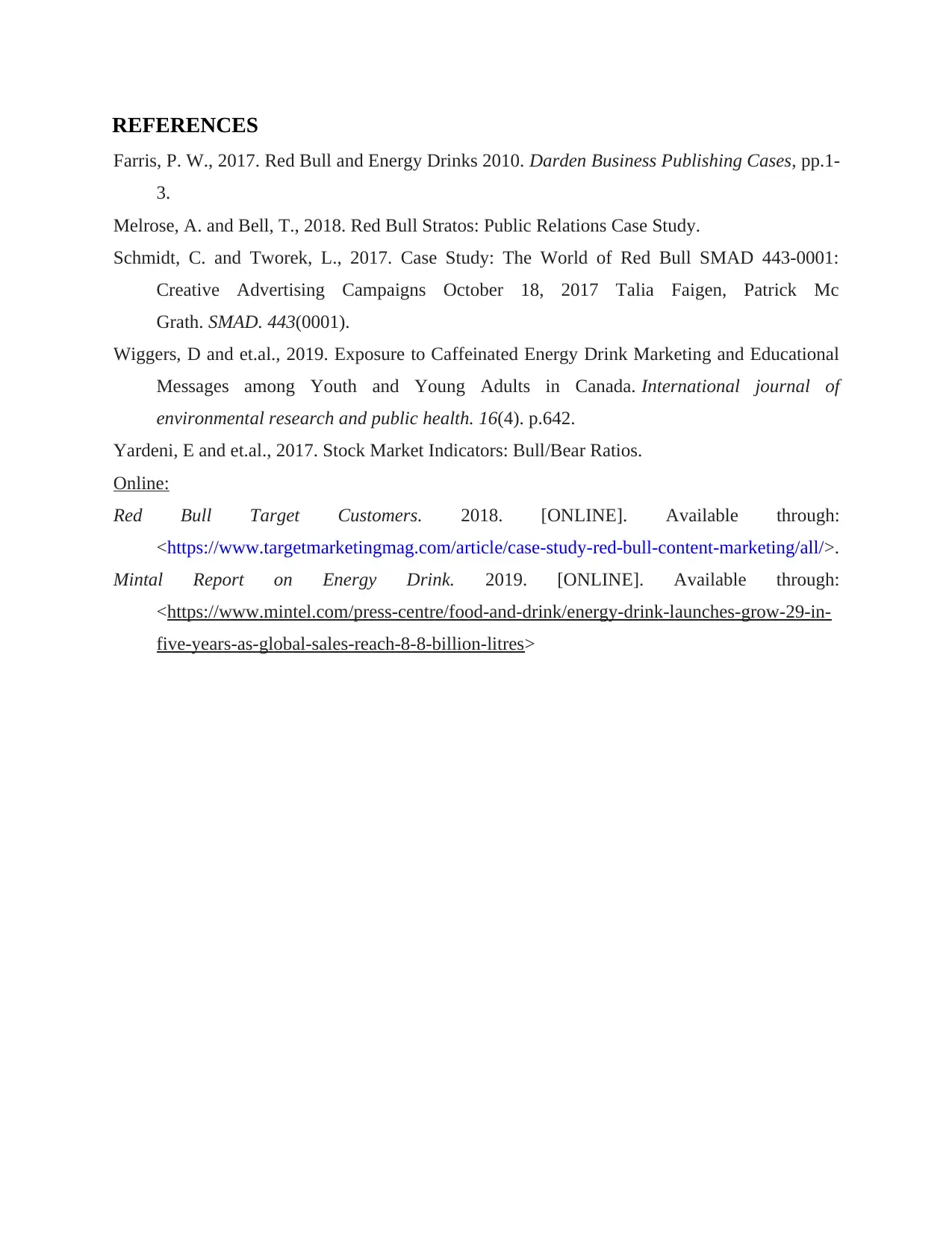Marketing Case Study: Analyzing Red Bull's Strategies and Success
VerifiedAdded on 2020/11/23
|4
|758
|247
Case Study
AI Summary
This case study examines the marketing strategies of Red Bull, an energy drink founded in 1987. It analyzes Red Bull's market share, segmentation, targeting, and positioning strategies. The case study highlights Red Bull's focus on lifestyle, personality, and attitude-based segmentation, targeting young adults, travelers, and students. It also discusses Red Bull's positioning strategy, emphasizing its brand image and differentiation through sponsorships and events. The analysis includes data on market trends, sales, and profits, and concludes that Red Bull is a leading brand expanding through product extensions and effective strategies. References from various publications support the analysis.
1 out of 4










![[object Object]](/_next/static/media/star-bottom.7253800d.svg)